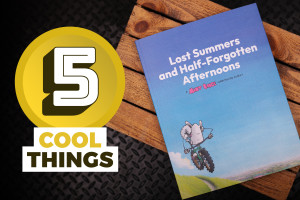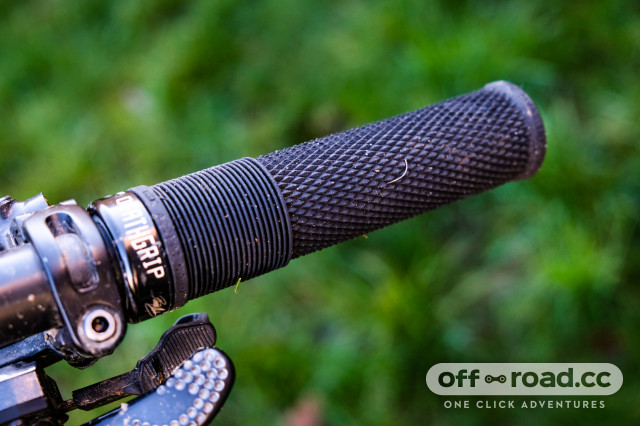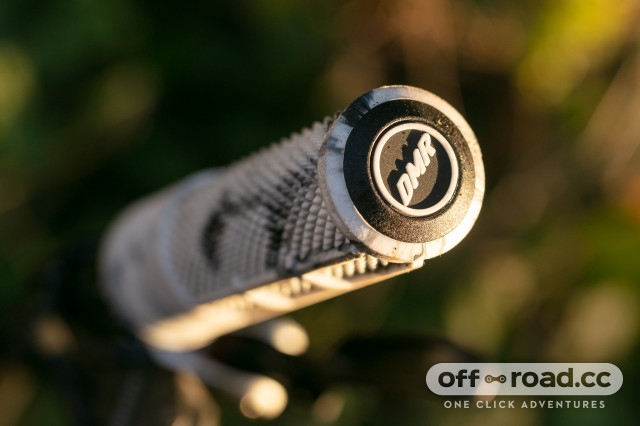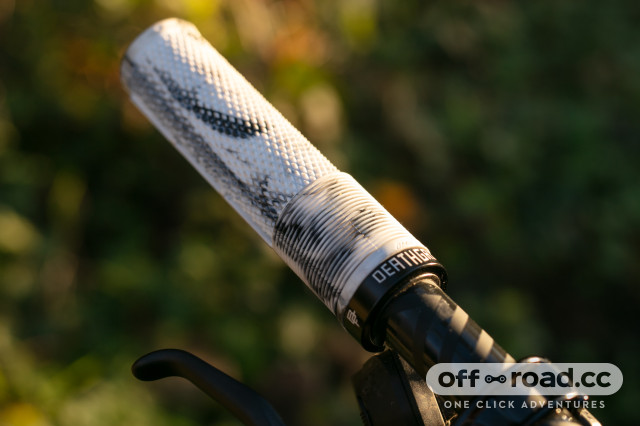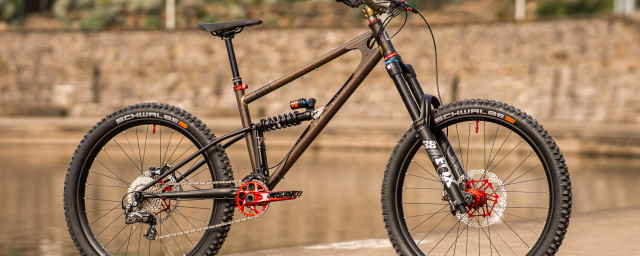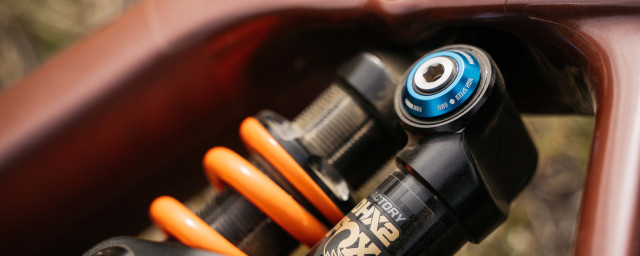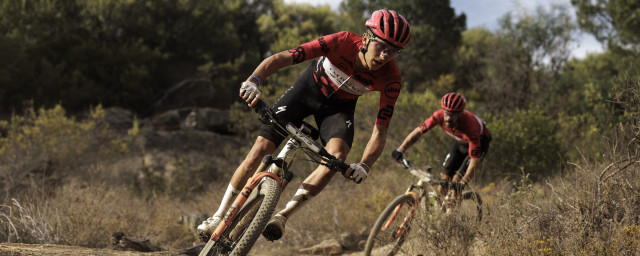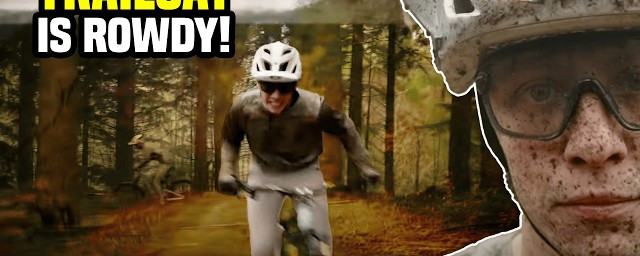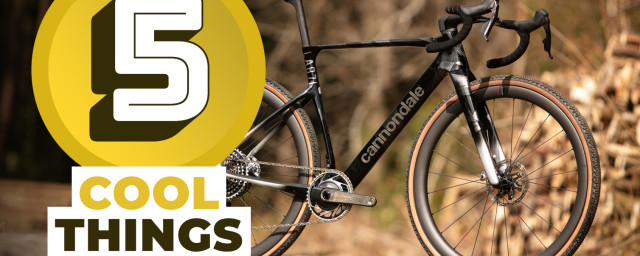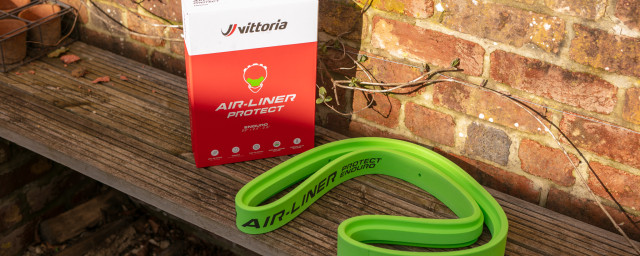Subtle changes and big differences - how the DMR Deathgrip2 came to be
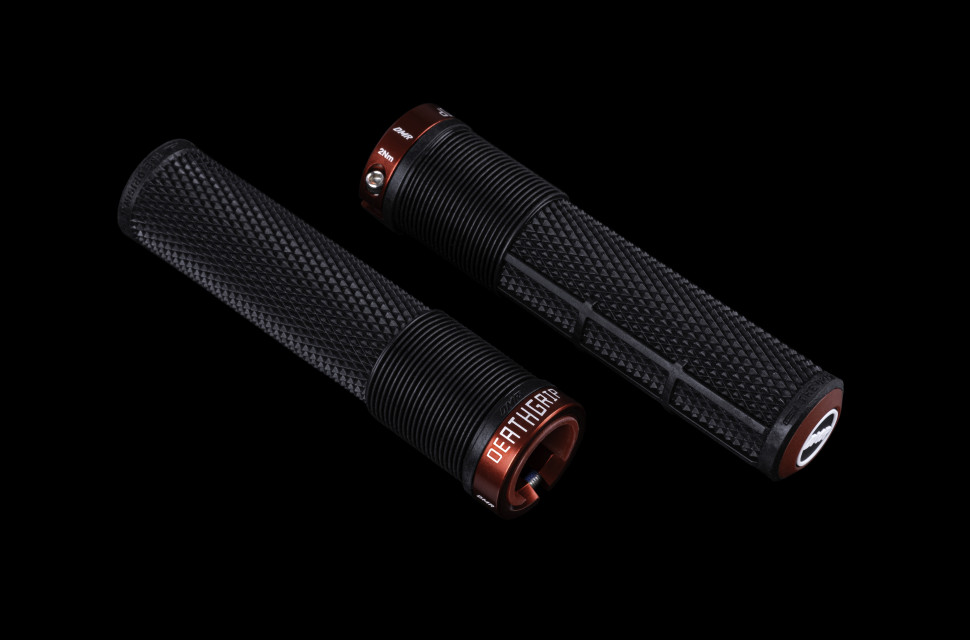
DMR’s Deathgrip is one of few mountain bike products that have reached household name status. Since its release in 2015, it’s been a go-to upgrade on new bike cockpits everywhere and recently, the brand has brought updates to that very grip. We caught up with Chris and Damian from DMR to talk about how the Deathgrip came to be and how subtle changes can make a big difference.
- Best MTB grips 2024 - options to improve your comfort and handling
- The DMR Deathgrip2 gets new rubber and features
- MTB bar ends - the rise and fall of MTB's earliest trend
The original Deathgrip was a product of evolution
The original Deathgrip wasn’t the first grip for DMR. Still, the company was already experimenting with nylon cores with bonded Krayton rubber at the same time the Deathgrip concept was conceived. Dual-density rubbers were also in the designer’s minds.
DMR had been playing around with methods of securing a grip to a bar without relying on the age-old push-on grip. First, there was the Zip Grip – a push-on type grip that relied on friction and hairspray to keep it in place. Additionally, it had grooves where the user could slip on a couple of zip ties, almost like how a motocross grip would be wired on.
Then, there was LocDD grip which employed a locking collar but was positioned outboard of the grip, resulting in a hard outer that could become uncomfortable. It also reduced usable bar space.
The next step for DMR was to create a grip that wouldn’t be as long, to save bar space which meant integrating a locking mechanism into the grip. So the people behind the brand used what it learned with nylon cores, and tapered it, resulting in the grip we have today. Of course, this is paired with a locking collar on the inside of the flange for extra security.
The Deathgrip pattern came from racing
There’s an urban myth that the Deathgrip idea was formed when Brendan Fairclough and Olly Wilkins cut and stitched sections of other grips they liked, and presented the frankengrip to DMR.
But the three patterns found on the Deathgrip, the mushroom, knurl, waffle, and overall low profile came from the team riders. They didn’t want a thick grip – a lot of the trail, downhill and dirt jump riders rode without gloves for immediate bar feel and connection with the bike.
Much of the Deathgrip’s inspiration was drawn from the Zip Grip, which had three-quarters of its outer coated in a knurl pattern, whereas the lower was a waffle – a fairly well-known layout. This achieved the low profile that DMR’s team riders were after. It also remains grippy when dirty and with sweaty hands. Of course, a low profile doesn’t always mean comfort, so the mushroom portion that the Deathgrip is known for was added to provide comfort when gripping the bar hard.
The idea was to combine the right elements to get the absolute most out of a smaller package while integrating the locking components.
But why taper a grip’s core?
Tapered cores on mountain bike grips or grips of any kind are few and far between. Dual-locking collars did the job, and now the universal use of single-locking collars is just as secure but doesn’t pose the discomfort of the dual-collars of old.
Most, if not all locking grips use a nylon core, so for DMR tapering that core was a way of integrating another locking mechanism into the grip within a component that was already present. While the single locking clamp is more than sufficient, the tapered core removes the possibility of the grip rotating around the bar. Plus, the Deathgrip only requires 2Nm of torque, so there’s less clamping force on a handlebar.
Damien admits it’s fairly ‘belt and braces’ but it improves all-out security on the bar. It also reduces the grip’s overall weight, as well as the cost because everything is integrated.
The Deathgrip2 isn’t a commemoration of the Deathgrip2 film - it’s a coincidence
With Brendan Fairclough’s Red Bull Rampage bike painted with the release date of Deathgrip2 and everyone in MTB eager to see the follow-up to one of mountain biking’s greatest ride edits, you would be forgiven for assuming that the Deathgrip2 grips were created to celebrate the film's release. However, that’s not the case. The second-generation Deathgrip came from DMR’s desire to improve on a classic.
The redesign project started in early 2022 with Brendan and Olly approaching DMR with a six-page document containing all of the changes they were looking to make. However, the release of Deathgrip2 and the new Deathgrips were completely coincidental.
How DMR has attempted to improve
Within that six-page document were seven ideas of which five made it onto the new grip. First off, the newly exposed core end was added to add durability and longevity to the end of the grip – where riders may tear the rubber end of the old grip. There’s a new slimmer locking collar that makes it more modern-looking while lengthening the grip for the same space.
With the newly exposed core end, the brand was able to add a more visible logo to the grip – a two-tone, microinjected piece that could be moulded with different colours.
Although the Deathgrip2’s pattern looks no different to the grip before, DMR has subtly tweaked the heights of the raised end ring. On the original Deathgrip, it was raised but now its height matches the knurl. And that’s to get rid of the hotspot under the palm.
Finally, with the newly exposed core, DMR has been able to experiment with the colour of the core, and the rubber - something the brand couldn’t do before.
Even small innovations tread into new territory
As with any mountain bike product, the Deathgrip2 went through CAD design, tooling manufacture and prototyping process. This takes time, with multiple prototypes having to be made with the grip’s knurl coming under heavy scrutiny.
However, although the changes are small, some posed extra challenges with one being the rubber. When trying to mould two different materials, the plastic core and the rubber outer, gas would find its way in. From there, it was a process of trying to learn why it was happening and then finding a solution. So clearly, the Deathgrip2 isn’t a cut-and-paste of old designs, but rather small steps to improve a product.
If it ain’t broke, don’t fix it
Two things make a Deathgrip a Deathgrip. One is that tapered core, and the other is the mushroom/diamond knurl tread pattern.
One of the ideas pitched in Brendan and Olly’s book of seven ideas was to flatten the tops of the knurl. Ramped edges of the waffle section were talked about, too. The former was discussed to reduce the deformation of the diamonds, and the latter was to bolster reinforcement to the waffle section for more support. However, that idea was binned as it would mean that each grip would need to be side-specific with the brand preferring the simplicity of the original design.
As a defining feature of the Deathgrip, the guys at DMR didn’t want to change the patterns too much. Instead, the new Deathgrip2 is said to be a more practical update to an already solid product.
“That was the part of the grip that people know and love”
DMR believes in the original Deathgrip so much that the grip will still run alongside the Deathgrip2. It recognises that the first Deathgrip still has advantages that some customers may prefer, such as the rubber end caps, as they allow the user to lean their bike up against a van, for example. These will be produced in lower numbers and without as many colour options available.
The Deathgrip’s next steps
As with any product’s life cycle, DMR is already looking at ways to improve the Deathgrip again. The brand’s designers are looking at using more recycled content for the core however, that does pose more challenges. There are also other outer layers or rubbers, that DMR is exploring, and there’s always the possibility of new grip diameters.
